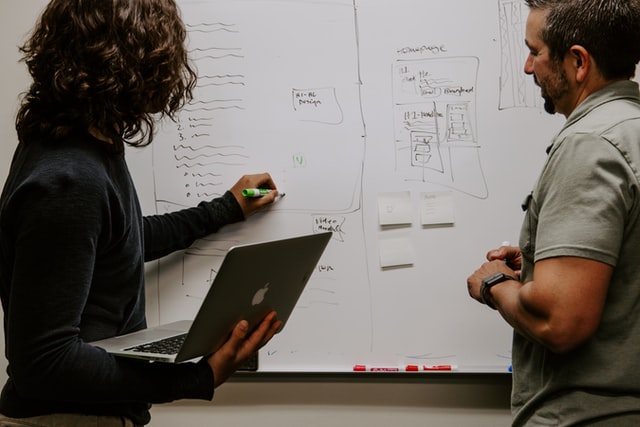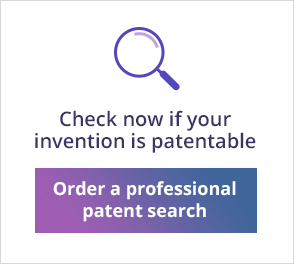Getting a patent certification or a patent is a long and complex journey. In this article we’ll give you an overview of the major steps of this process.
1. Self research and search
One of the basic requirements for obtaining a patent certification is having an inventive step, i.e. if your invention has already been publicly disclosed in any way or form (a patent, patent application, product, article book etc.), you cannot get a patent. Therefore, your first step should be conducting a thorough search, using one of the countless free and open search tools (Google, Google patents, Espacenet etc.)
2. Professional search
After conducting an independent search and If you’re not professionally trained in Informatics or performing patent searches, it’s recommended to retain the services of a specialized patent research company. Such companies use experienced trained search professionals, with access to professional paid databases, which contain information and have search capabilities, far exceeding any free and open database. The patent research company will provide you with a search report that will help decide if and how to proceed.
3. Choose the most suitable IP path
First, it’s recommended to contact a patent attorney, agent or IP consultant, and go over the finding of the search report.Together with your patent attorney or IP consultant you should also create a stable and secure IP strategy for your patent certification.
You should also choose in which countries you want to protect your idea (remember – patent protection is territorially based – and once a patent application has been searched and you have been notified that your innovation is patentable, it is time to plan for the countries you want to designate your patent in. Through a UN convention, PCT, you can, no later than 12 months after the filing date of your first application, submit an international patent application that covers most countries in the world.
If you choose to file a patent application, you are ready for the next step.

4. Draft and file the application
You (or your patent attorney or agent) must draft a full patent application according to the laws and regulations of each regional patent office you chose. A typical patent application should include a title, abstract, background (a disclosure of the state of the art – what is already known in the field of the invention), description (detailed textual description of the invention), drawings and claims (a concise text which describes in technical and legal language the exact essence of the invention on which the patent owner will get legal protection – the claims are considered to be the most important part of the application).
Now you (or patent attorney or agent) must submit the drafted application, pay submission fees, while following the exact filing procedure detailed by each regional office (most of the major patent offices in the world such as those of the US and European countries allow online submission and have online detailed guides and explanations of the whole submission process).
5. Search and examination
If your application is incomplete, you’ll be notified of the deficiencies and given time to complete the application. After the application is complete it will be transferred to patentability search.
Most applications are not approved immediately, but rather get objections or rejections from the examiner. You (or your patent attorney or agent), may file a response in which you try to convince the examiner that the invention meets the statutory requirements, or change your claims and then file a response.
The search and examination process is a form of legal negotiation (via online correspondence, face to face meetings, phone or online interviews), that may span a few months to several years. It’s important to remember that most applications get several rejections until finally approved, and that many applications are rejected at the end of the examination process (in the US for example, only around 50% of all applications are approved and granted patents).
6. Application approved – your patent certification is granted!
Once the patent application is finally approved – you must pay an annuity fee. You are now an owner of a granted patent. Note that you must pay annuity fees every year, in order to keep the patent certification valid and “alive” (in most countries a patent has a “lifespan” of 20 years, before expiring and becoming public domain).
Further readings
USPTO: patent process overview

